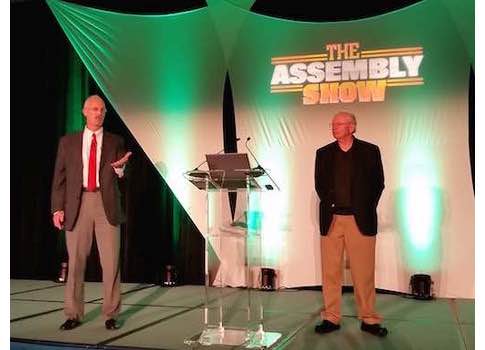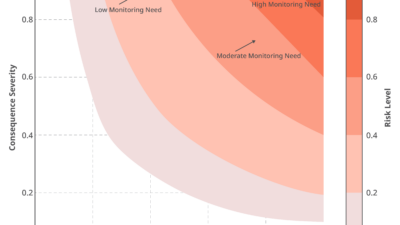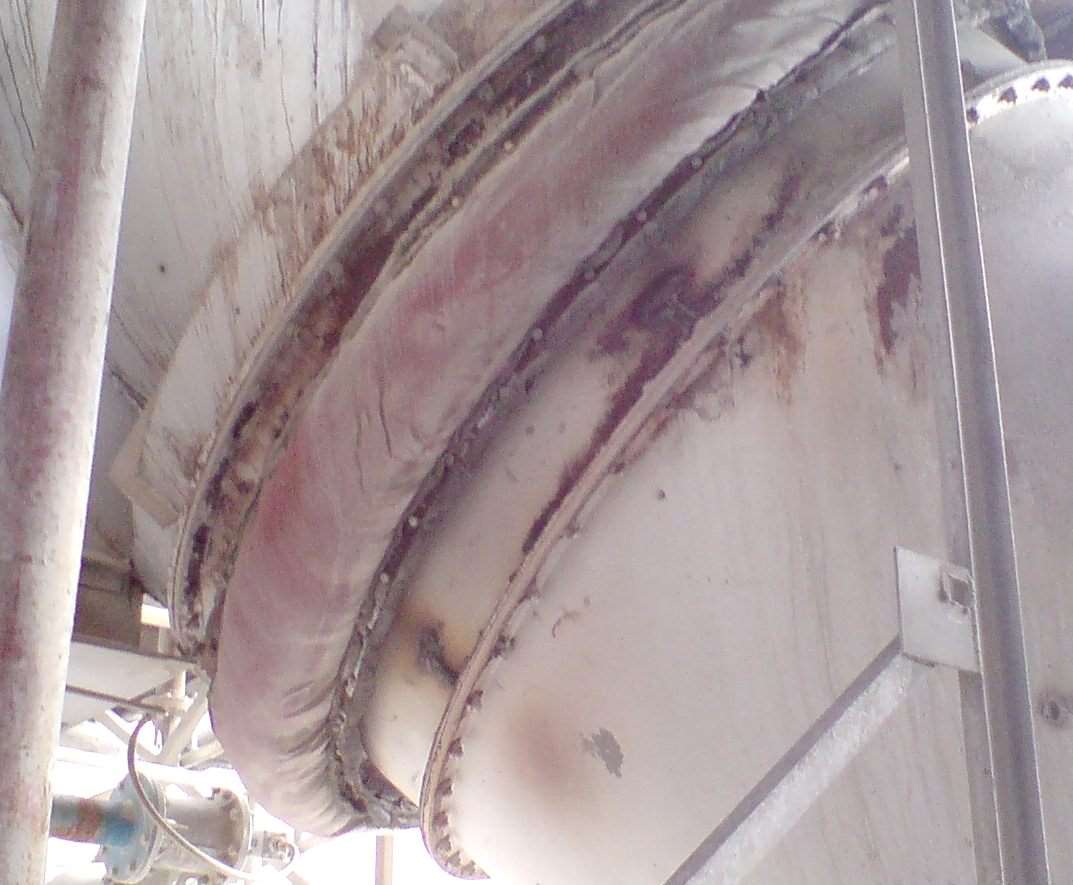David Lippert and Timothy Hutzel's keynote speech at the 2014 Assembly Show talked about reshoring and revitalizing the American manufacturing industry.

David Lippert, the President of Hamilton Caster, opened the 2014 Assembly Show keynote speech with an unconventional demonstration: He told the audience to look at their shoe to see where it was made. The audience answered that it was made in China, Bangladesh, or some other country in the Pacific Rim. This demonstration was used to drive home Lippert’s point that while America is a country of consumers, it faces a lost opportunity because America exports much less than it imports. "We have become a country that has things made overseas and then sent back to us," he said.
In the 20th century, Lippert said, America had a sprawling manufacturing industry with companies such as Hershey’s, La-Z-Boy, Whirlpool, Levi Strauss, and General Electric (GE) providing not jobs but also innovation to the manufacturing industry. In 1903, the Hershey plant was the largest manufacturing facility in the world and by 2003, more than 3,000 jobs were moved to Mexico. Other American brands followed that same trend: La-Z-Boy had moved their manufacturing sites to China and Mexico in 2001, by 2003 Levy Strauss had no plants in the U.S., and GE Appliance Park went from employing 23,000 people in the U.S. in 1974 to 1,863 by 2011.
Lippert mentioned additional repercussions to the great manufacturing migration. It resulted in less well-paying jobs available to Americans with studies showing that once a person lost their manufacturing job here, they were unlikely find another one that offered the same pay and benefits as their previous employer. Another major problem is the loss of skilled labor. Throughout the country, it is becoming increasingly difficult to get the younger generation interested in manufacturing. Lippert added that was because "parents encouraged their children to go into other professions such as medicine and law."
Co-presenter Timothy Hutzel, President of Tim Hutzel American Business Services, then came up to explain why this phenomenon occurred. "Companies moved their manufacturing overseas because the labor was cheaper. Presidents of companies were only getting partial answers about the process of manufacturing overseas. They didn’t have a grasp on the concept of designing a product at home, having it built thousands of miles away, and everything that such a process would entail."
Hutzel then went on to talk about the hidden cost of offshore manufacturing. "When you can’t see how the product is being made, you will run into quality problems such as someone getting dermatitis from someone handling a product made overseas."
Hutzel offered a three-step solution to help bring manufacturing jobs back to America:
- Analyze the cost of manufacturing. That includes the hidden costs and costs you can’t put a price on.
- Decide whether you want to reshore or not. Hutzel pointed out that if a company has the manufacturing process at home, they can know how to fix it in ways that can’t be done if the manufacturing is taking place overseas.
- American manufacturing plants have to embrace new technology. Technology is advancing rapidly and American manufacturers have to advance with it. 3D printing, automation, and CAD-CAM are just some of the ways that manufacturing technology is changing.
– Anisa Samarxhiu, digital project manager, CFE Media, [email protected]
See additional stories on the 2014 Assembly Show below.



